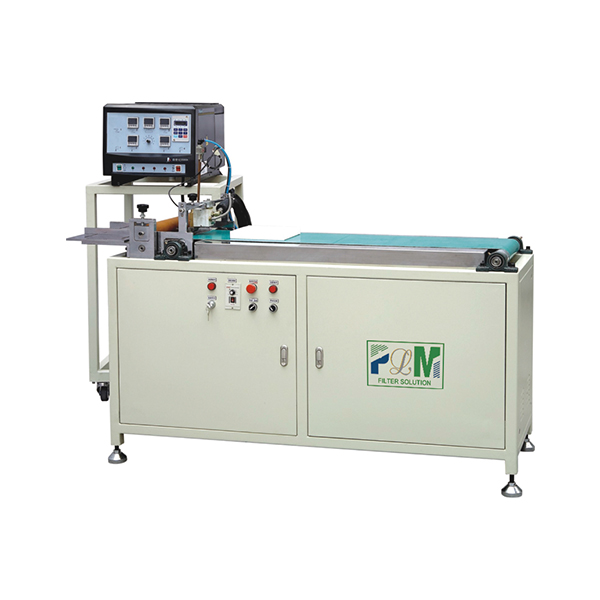12月 . 13, 2024 10:41 Back to list
Examining Filtration Methods for Enhancing Laboratory Research Efficiency
The Significance of Filter Paper in Laboratory Settings
Filter paper is a vital component in many laboratory procedures, serving various purposes ranging from filtration to sample preparation and analysis. Its unique properties make it indispensable for both qualitative and quantitative analyses. This article will explore the significance of filter paper in the laboratory, discussing its types, applications, and the science behind its use.
Types of Filter Paper
Filter paper comes in various types, each designed for specific applications within a laboratory setting. The most common types include quantitative and qualitative filter papers.
1. Qualitative Filter Paper This is typically used for general filtration tasks where only basic separation is required, such as filtering solids from liquids. Qualitative filter papers are often used in qualitative analysis to separate precipitates from solutions, allowing for the examination of chemical reactions.
2. Quantitative Filter Paper This type of filter paper is designed to collect fine particles and is used in quantitative analysis, such as gravimetric analysis. It is manufactured to a specific standard that ensures minimal contamination and maximum retention of particles, thus providing accurate measurement results.
3. Specialty Filter Papers There are also specialty filter papers, such as those resistant to specific chemicals or with varying pore sizes to cater to diverse applications. For instance, there are filter papers that can withstand acidic or alkaline conditions, making them suitable for specific chemical processes.
Applications of Filter Paper
The applications of filter paper in laboratories are extensive
. Here's a closer look at some of the primary uses1. Filtration The primary function of filter paper is to separate solids from liquids. This is particularly important in chemistry and biology labs where reactions produce precipitates that need to be isolated. The larger pore size allows the liquid to pass while retaining larger particles.
filter paper laboratory

2. Sample Preparation In analytical chemistry, filter paper is used to prepare samples for further analysis. For instance, when analyzing air or water samples for pollutants, filter paper can capture particulates that are then weighed or analyzed chemically.
3. Chromatography In techniques such as paper chromatography, filter paper acts as the stationary phase. Substances are separated based on their movement along the paper through capillary action, enabling the analysis of mixtures.
4. Microbiology In microbiological applications, filter paper can be used in the preparation of culture media and for the filtration of liquids to isolate microorganisms.
5. Environmental Testing Laboratories engaged in environmental testing utilize filter paper to collect and analyze samples from air, soil, and water, allowing for the monitoring of pollutants and the study of ecological changes.
The Science Behind Filter Paper
The functionality of filter paper is attributed to its fibrous structure and porosity. The fibers create a network that allows liquids to flow while trapping particles based on size and shape. The choice of filter paper is often influenced by factors such as the particle size, desired retention efficiency, and the characteristics of the liquid being filtered.
For optimal results, scientists must select the appropriate type of filter paper based on their specific requirements. For example, a quantitative filter paper is favored for gravimetric analysis due to its low ash content and high retention capacity, ensuring that the collected filter does not interfere with the data.
Conclusion
In summary, filter paper is an essential tool in laboratories across various fields, playing a critical role in filtration, sample preparation, and analysis. Its diverse types cater to specific needs, ensuring reliability and accuracy in experimental outcomes. Understanding the properties and applications of filter paper allows scientists and researchers to select the appropriate materials for their work, ultimately leading to better data quality and more successful experiments. As laboratory techniques continue to evolve, the importance of filter paper is likely to remain a constant in the scientific community, underpinning countless experiments and analyses.
-
Premium Coffee Filter Rolling Paper: Fine Mesh for Smooth DIY
NewsAug.27,2025
-
Advanced PP Spun Filter Cartridge Making Machine - Precision & Speed
NewsAug.26,2025
-
Active Carbon Air Filter for Air Purifier: Odor & VOC Control
NewsAug.25,2025
-
Premium Active Carbon Air Filter for Purifiers | Odor & VOC Removal
NewsAug.24,2025
-
Premium Active Carbon Air Filter for Air Purifier | Odor & VOC Removal
NewsAug.23,2025
-
Active Carbon Air Filter for Air Purifier - Superior Odor Removal
NewsAug.22,2025
